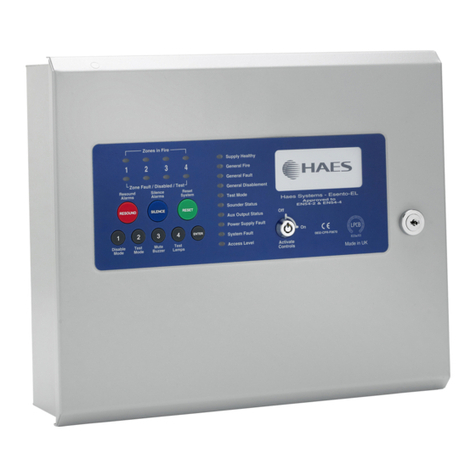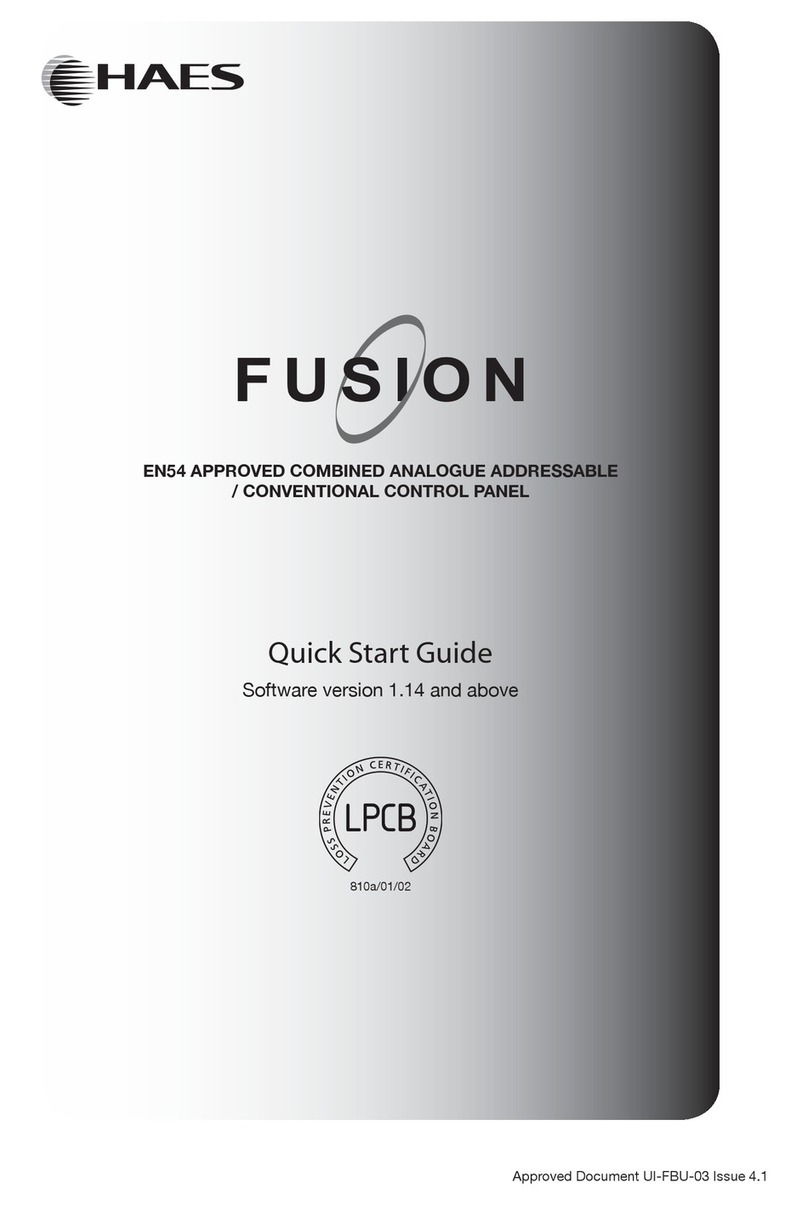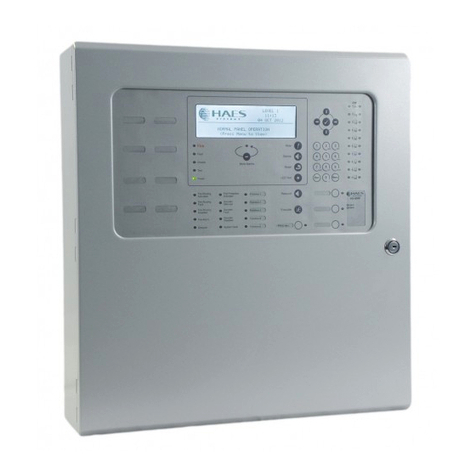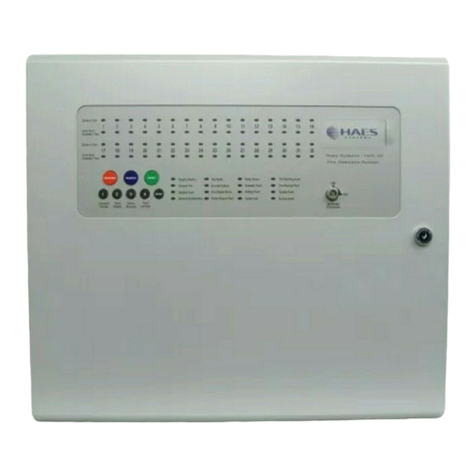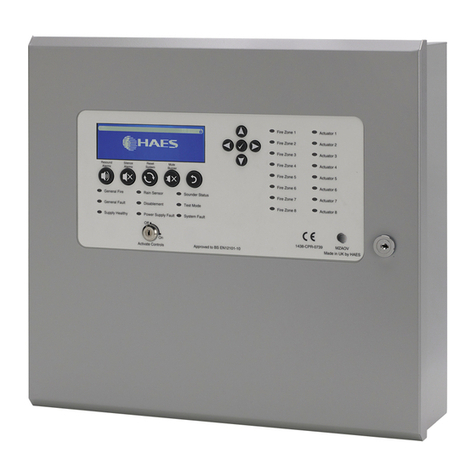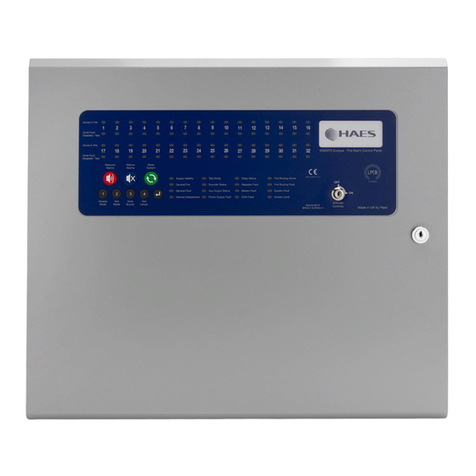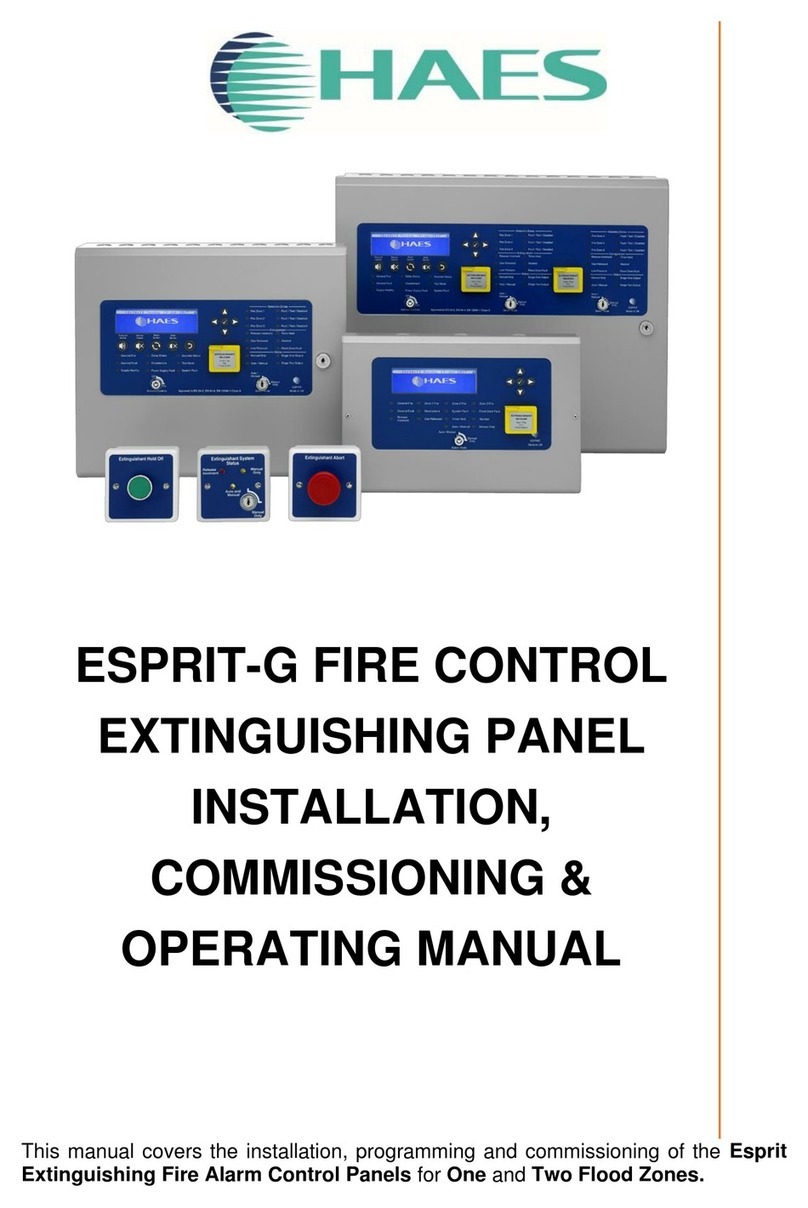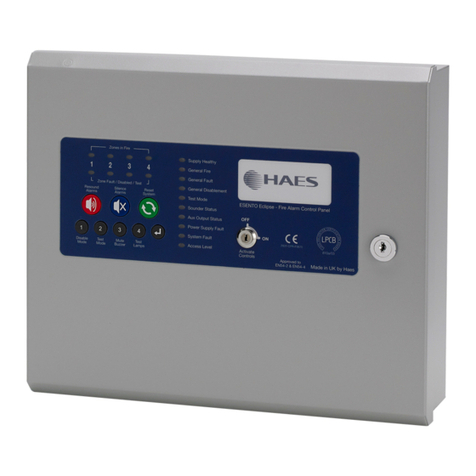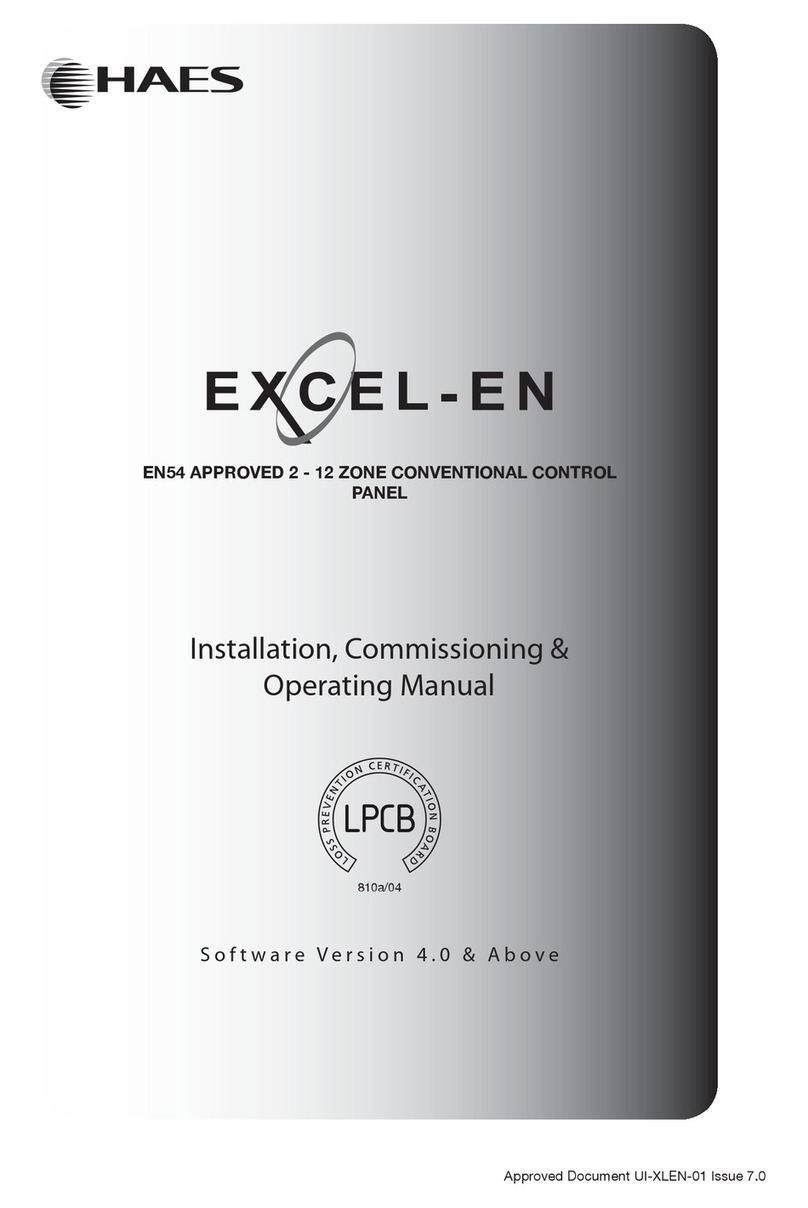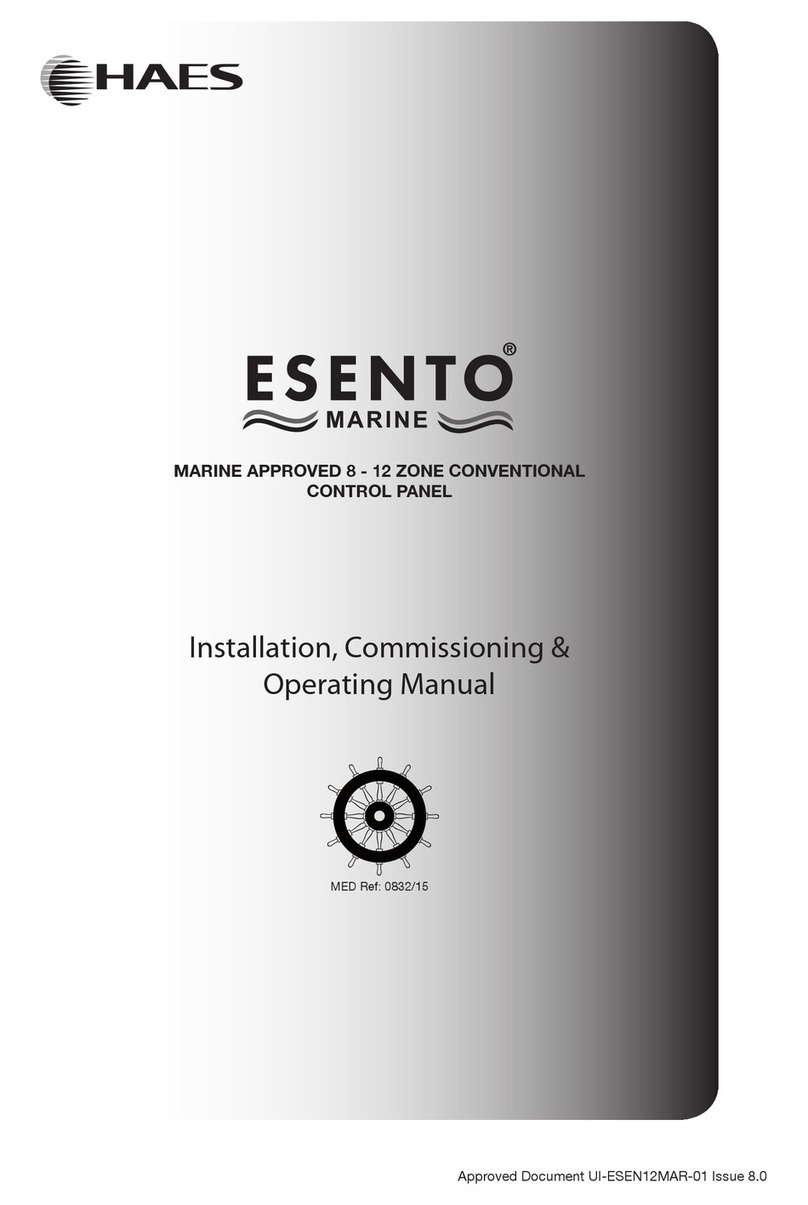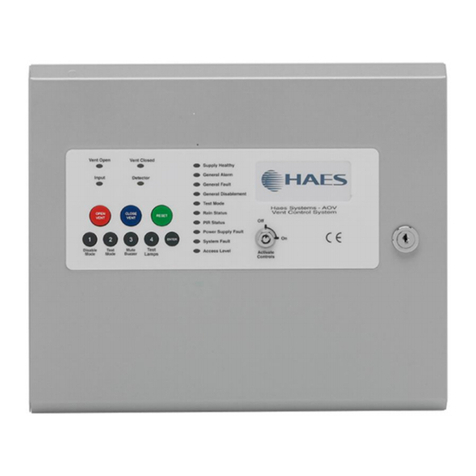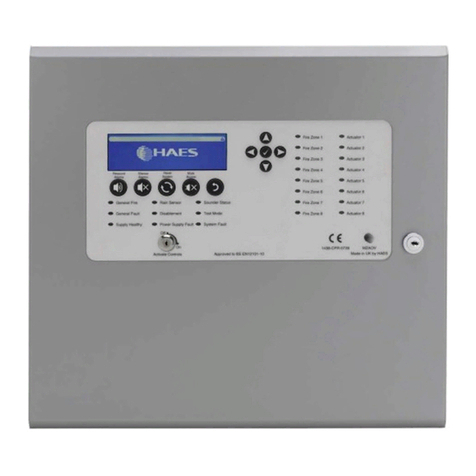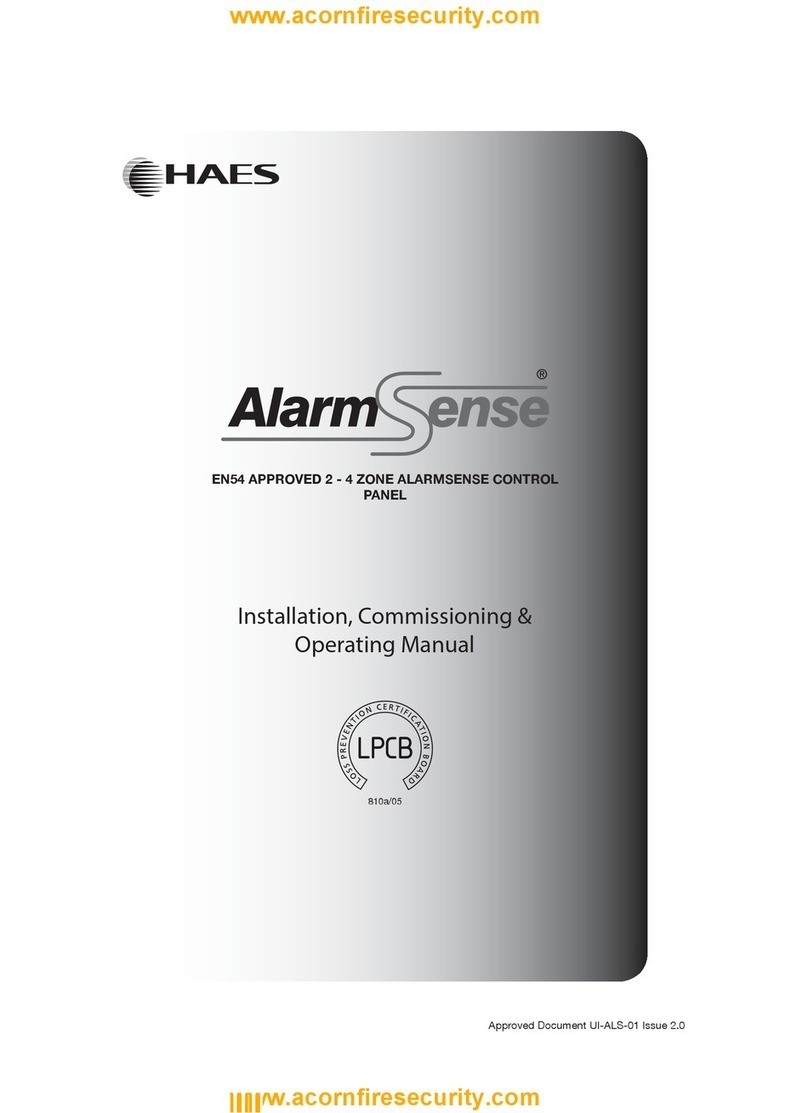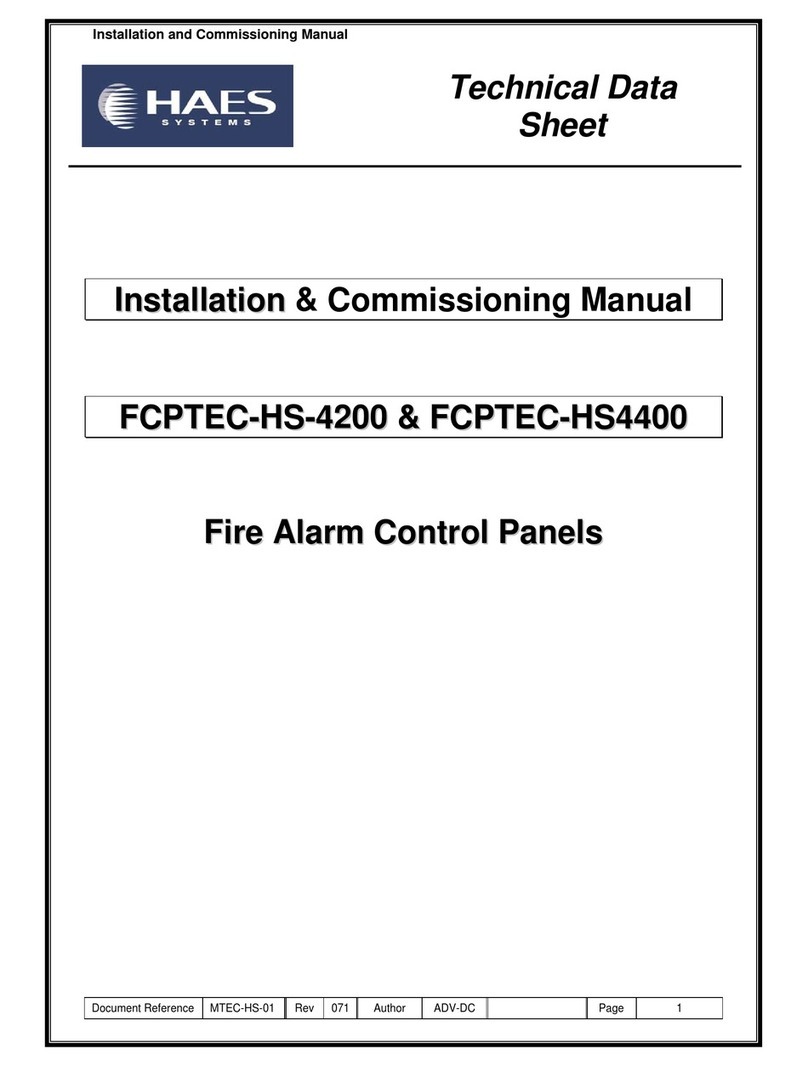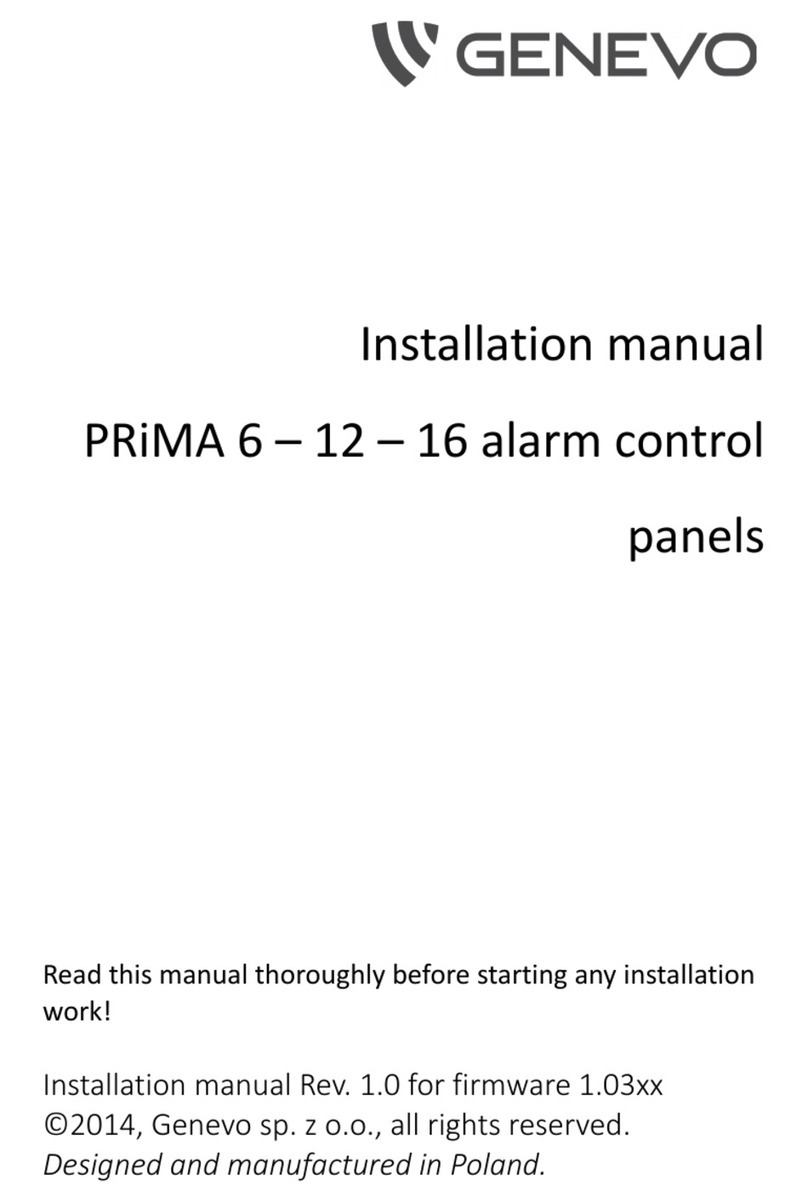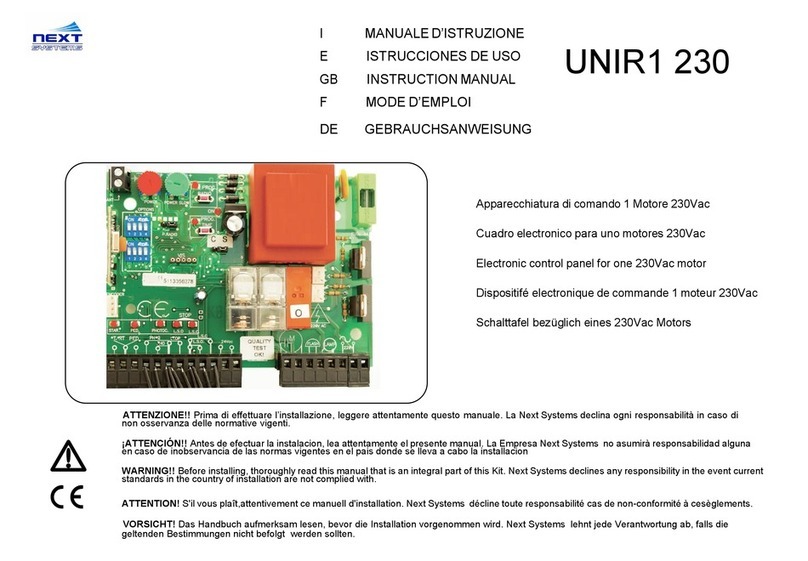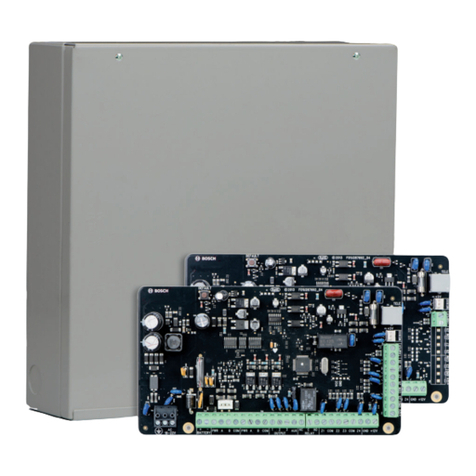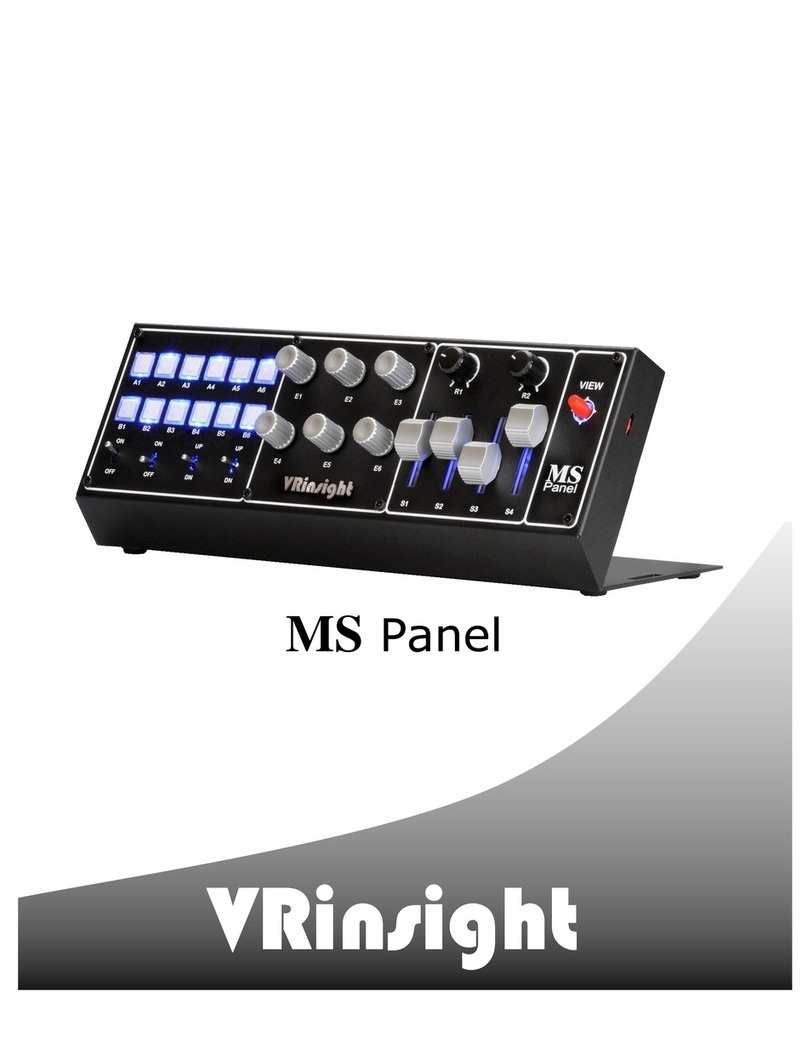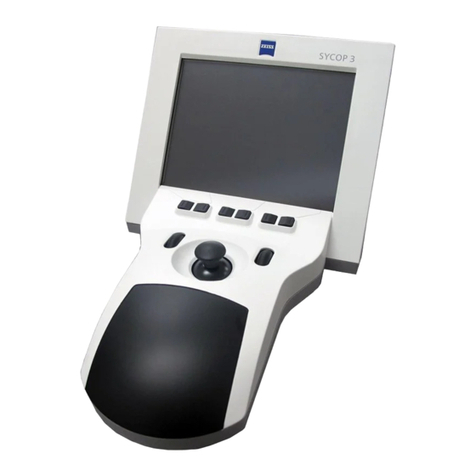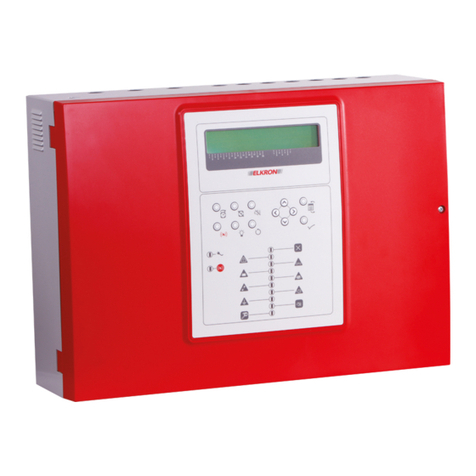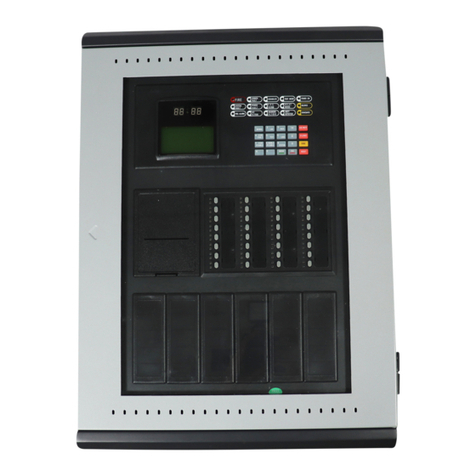
Page 4 of 72
2.5.13.5Fault Routing ___________________________________________________________ 36
3PROGRAMMING__________________________________________________________ 37
3.1Introduction___________________________________________________________ 37
3.1.1Access Levels _____________________________________________________ 37
3.1.2Memory Lock______________________________________________________ 37
3.1.3Navigating through menus ___________________________________________ 37
3.1.4Changing Text Descriptions __________________________________________ 38
3.1.5Numeric data entry _________________________________________________ 39
3.2Level 3 Menu Functions _________________________________________________ 39
3.3Recommended Programming Procedure____________________________________ 40
3.3.1Loops____________________________________________________________ 40
3.3.2Loops – View/Edit __________________________________________________ 40
3.3.2.1State __________________________________________________________________ 41
3.3.2.2Type __________________________________________________________________ 41
3.3.2.3Value _________________________________________________________________ 41
3.3.2.4Zone __________________________________________________________________ 41
3.3.2.5Meldergruppe Number (Mld) _______________________________________________ 41
3.3.2.6Device Text ____________________________________________________________ 41
3.3.2.7Action _________________________________________________________________ 41
3.3.2.8Sensitivity ______________________________________________________________ 42
3.3.2.9O/P Group _____________________________________________________________ 44
3.3.2.10Additional Info___________________________________________________________ 44
3.3.2.11Device Testing __________________________________________________________ 44
3.3.3Loops – Auto Learn_________________________________________________ 45
3.3.3.1Normal Procedure / Initial learn _____________________________________________ 45
3.3.3.2Procedure if the Panel finds Devices Missing __________________________________ 45
3.3.3.3Procedure if the Panel finds Devices Added ___________________________________ 45
3.3.3.4Procedure if the Panel finds Devices Changed _________________________________ 46
3.3.4Loop – Calibrate ___________________________________________________ 46
3.3.5Loop - History _____________________________________________________ 46
3.3.6Loop – Meter ______________________________________________________ 47
3.3.7Loop – Scope _____________________________________________________ 47
3.3.8Zones____________________________________________________________ 48
3.3.9Exit______________________________________________________________ 48
3.3.10Disable___________________________________________________________ 48
3.3.11Enable ___________________________________________________________ 48
3.3.12View Options ______________________________________________________ 49
3.3.13Passwords________________________________________________________ 49
3.3.14Time and Date_____________________________________________________ 49
3.3.15PC Config ________________________________________________________ 49
3.3.16EN54-13 _________________________________________________________ 50
3.3.17Setup____________________________________________________________ 50
3.3.17.1Network _______________________________________________________________ 50
3.3.17.2Panel Zone _____________________________________________________________ 50
3.3.17.3Service Number _________________________________________________________ 51
3.3.17.4Service Due Date ________________________________________________________ 51
3.3.17.5Trace Logging Mode _____________________________________________________ 51
3.3.17.6Detector Blinking ________________________________________________________ 51
3.3.17.7Earth Fault Notification____________________________________________________ 52
3.3.17.8Resound _______________________________________________________________ 52
3.3.17.9Config Data ____________________________________________________________ 52
3.3.18Display___________________________________________________________ 53
3.3.19Panel ____________________________________________________________ 53
3.3.19.1AC Fail Delay ___________________________________________________________ 54
3.3.20Output Groups_____________________________________________________ 55
3.3.20.1Default Output Settings ___________________________________________________ 55
3.3.20.2Cause _________________________________________________________________ 56
3.3.20.3Style __________________________________________________________________ 57
3.3.20.4Copying Output Settings to Multiple Zones ____________________________________ 57
3.3.21Investigation Delays ________________________________________________ 57
3.3.21.1Overriding Delays at Level 1 _______________________________________________ 58
3.3.22Test _____________________________________________________________ 58
3.3.23LED Indications ____________________________________________________ 58
4SERVICE AND MAINTENANCE______________________________________________ 59
www.acornfiresecurity.com
www.acornfiresecurity.com
